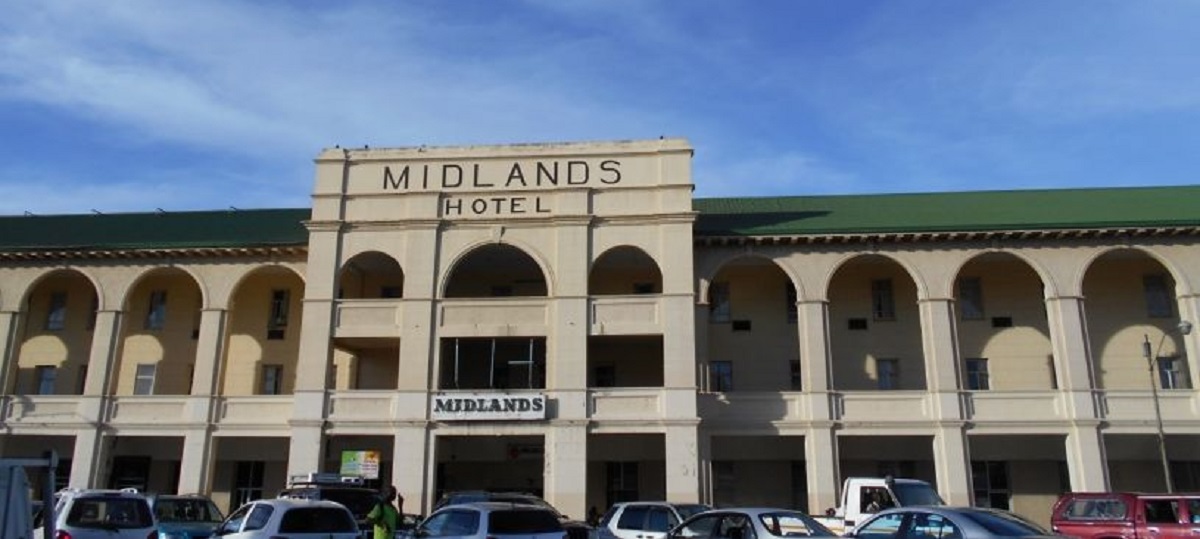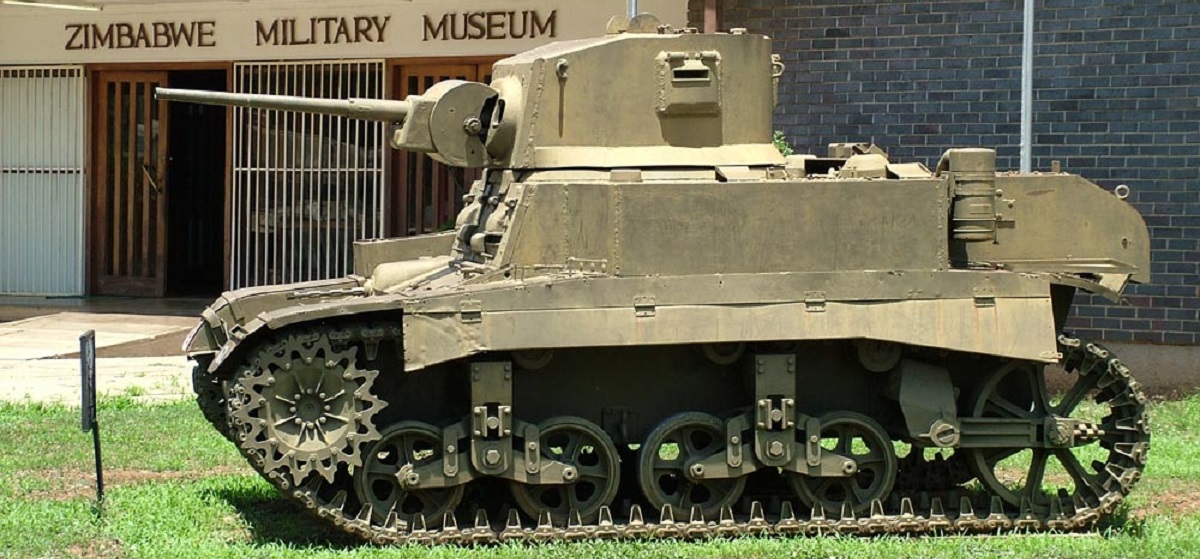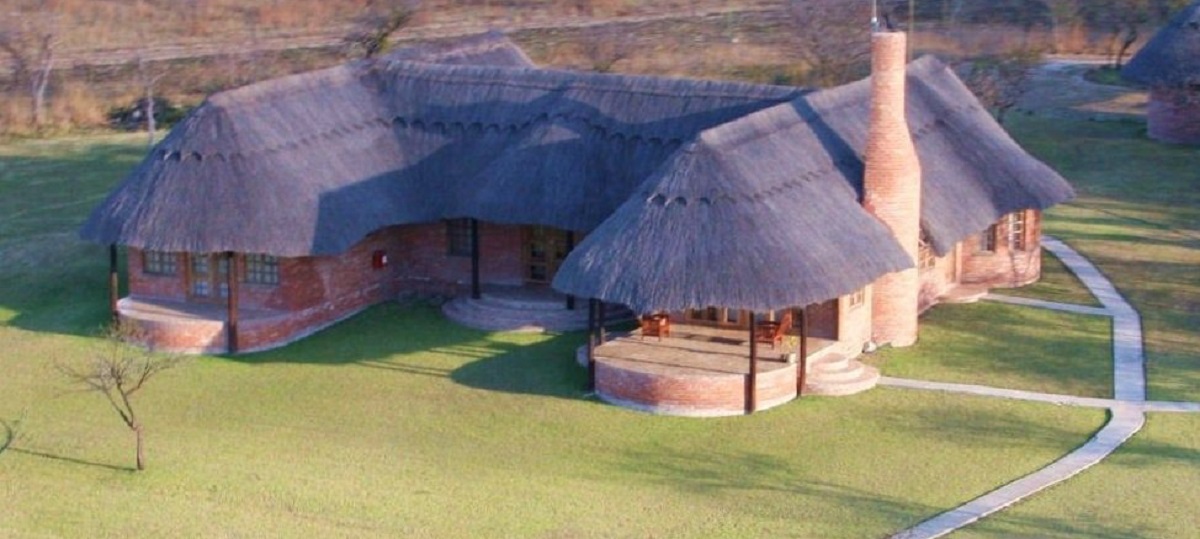Gweru (named Gwelo until 1982) is a city in central Zimbabwe. Located near the geographical centre of the country, it is the capital of Midlands Province. Built along the Gweru river, the original Ndebele name was iKwelo (''The Steep Place''), after the river's high banks, where umkwelo (a ladder) was used by those who fetched water from it. Initially established as a military outpost, the modern town was founded in 1894 by Dr. Leander Starr Jameson. Gweru is the sixth-largest city in Zimbabwe by population (154,825).


The Zimbabwe Military Museum in Gweru serves as the country’s National Army and Aviation Museum. Various displays portray the history of the Army, Air Force and Police.
In addition to the aircraft, visitors can view aero engines, uniforms and equipment associated with Zimbabwe’s military history in the Museum’s seven galleries including the foyer, the military history gallery, armoured vehicle hanger, police gallery, Guinea Fowl School Memorial hut and the artillery hanger.
The entrance to the Military History Gallery displays the two key figures of the Chimurenga (Mbuya Nehanda and Sekuru Kaguvi) and the Ndebele King Lobengula to signify their importance during the liberation struggle. However, the entire gallery is filled with illustrations and short profiles of nationalists such as Josiah Chinamano, Herbert Chitepo, Joshua Nkomo, Sally Mugabe and Leopold Takawira. A much more entertaining and useful exhibition could be made by showing a continuous film of the role played by these liberation figures in the struggle and by ensuring that the historical events of the period from the 1900 to 1980 are easily visualised and complemented by relevant illustrations, diagrams, maps and tables. The Military History Gallery concentrates on the dominant figures, to the exclusion of everything else, a sycophantic display designed to please current leaders, but which minimises the role of the early peasant struggles from 1900 to 1925, the struggle of the trade Unions from the 1920’s, the struggle for “one man, one vote” through to the 1960’s and the armed struggle from the 1960’s to 1980 including displays of the battles such Dzapasi, Nyadzonya and Chimoio which schoolchildren will have studied.

In and around Gweru there are attractive places, some are man-made and some are natural. There is: